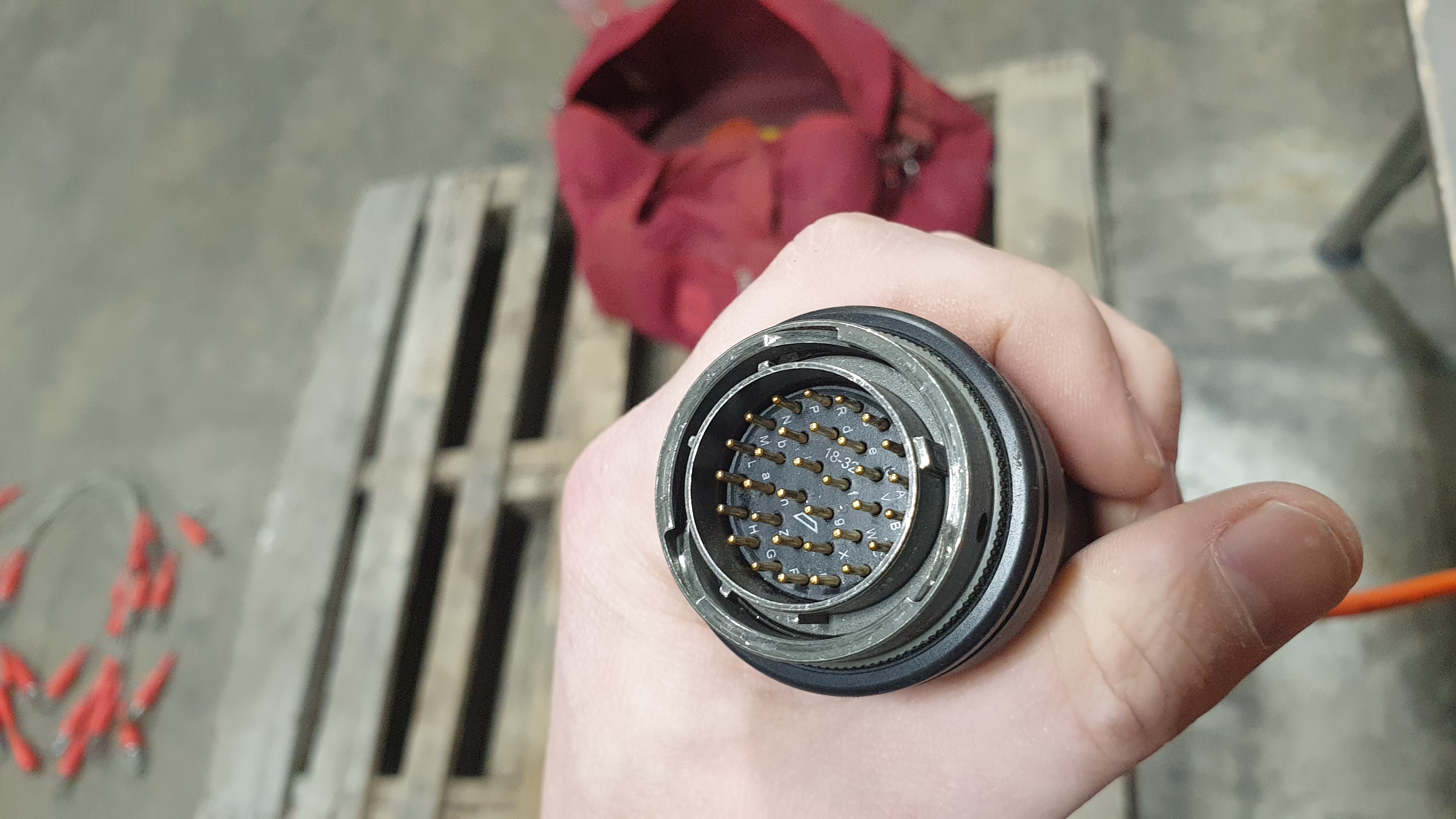Oooh, electronics engineer chiming in here, those connectors are pretty cool and expensive. I've worked with them at a previous aerospace company. They're great for wiring up because they're keyed for only one way and the key is off-centre so you'd have to be an idiot to fuck up when following the wiring diagram. The trick is to not let an idiot draw the wiring diagram.
Source: have been that idiot at times.
